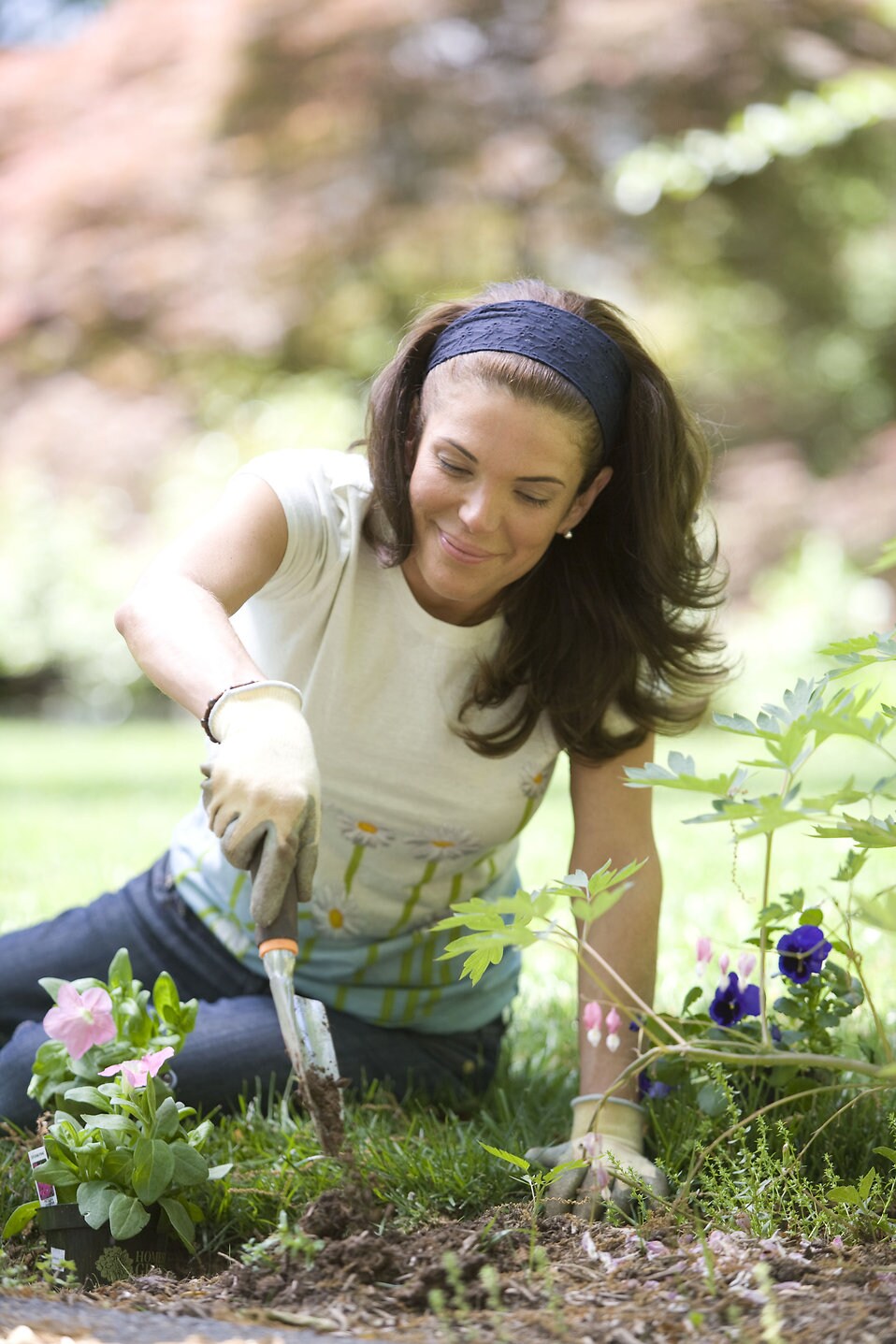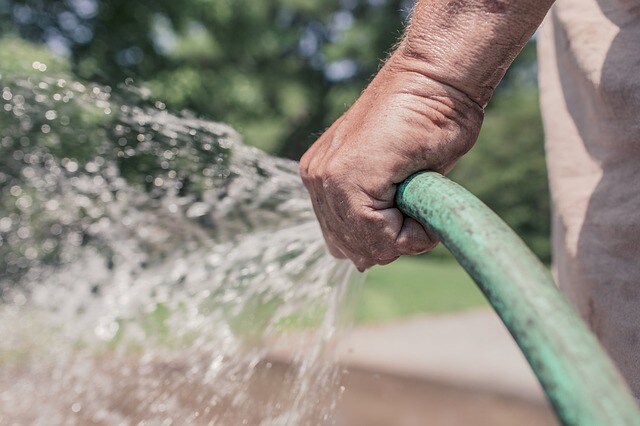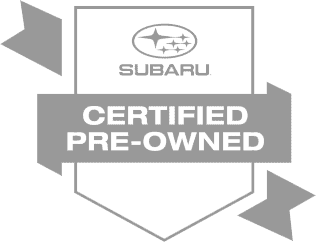 The weather is certainly warming up around Freehold, Farmingdale, and Manalapan, which means it must be time to tend to the garden. So we've compiled the top 10 spring gardening tips to help defrost your green thumb and get your vegetable or flower garden up and running.
The weather is certainly warming up around Freehold, Farmingdale, and Manalapan, which means it must be time to tend to the garden. So we've compiled the top 10 spring gardening tips to help defrost your green thumb and get your vegetable or flower garden up and running.
Work Dry Soil
You should only work the soil when it's relatively dry. Attempting to till or cultivate soil when it's wet will ruin the structure of the soil. Try waiting a few days if it's just rained and never wet the soil with a hose to soften it up.
Get a Jump-Start with a Raised Bed
A raised bed can be the perfect way to dry wet soil quickly. Because the bed is raised, it will heat up faster and dry more quickly than the surrounding soil. Now you'll be able to start planting even earlier this spring.
Know What Your Plants Need
Cool-season plants such as spinach and onions should be planted in early spring. That way they'll have a chance to mature before the heat of summer arrives. Once you've passed the last frost of the season and the soil has had a chance to warm up, then you can plant warm-weather plants.
Check the Climate
This may seem like a no-brainer, but it's commonly overlooked. Certain plants just can't grow in certain climates, so make sure you know whether your plants will get the proper temperature, sunlight, and soil type in your garden.
Give Transplants Some Time
If you've been too excited to start gardening and already began seeding indoors, don't just plant them outside on the first nice day. Instead, gradually expose the seedlings to the sun they'll get in your garden. Increase the amount of sun they get each day before transplanting them.
The Power of Compost
If you don't already have a compost pile, ask yourself why not and then start one immediately. A compost pile is an outdoor structure built to hold food and garden waste that gradually turns into compost.
Water to Feed the Roots
 When watering your garden, most plants have a root system that reaches deep underground. By only spraying the surface, you're not getting to the lower roots. Try watering until you've moistened the top 6 inches of soil.
When watering your garden, most plants have a root system that reaches deep underground. By only spraying the surface, you're not getting to the lower roots. Try watering until you've moistened the top 6 inches of soil.
Move Your Garden
Try to grow your plants in a different spot every year. This will not only give the soil a chance to regain precious nutrients, but it will also help you avoid poisoning your garden with diseases that could be lingering in the old soil.
Check Your Tools
Make sure all of your gardening tools are clean and in good working order. Make sure you have everything you'll need and keep them clean so they'll last for years to come. A small shovel, a watering can, and pruning shears are a few essentials.
Work With Nature
Different plants will need different amounts of watering, so be sure to keep an eye on how much rain has fallen and then compensate accordingly with additional watering as needed.




